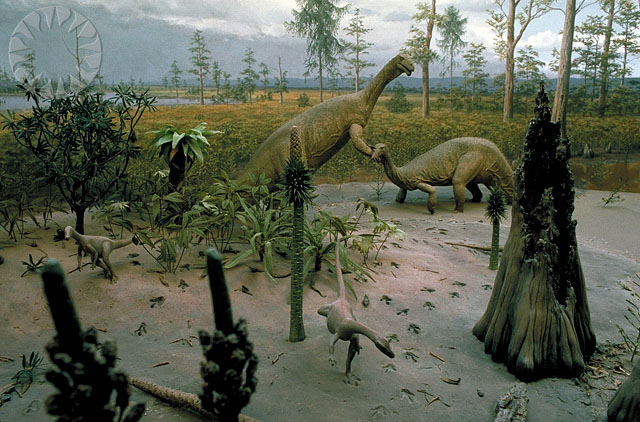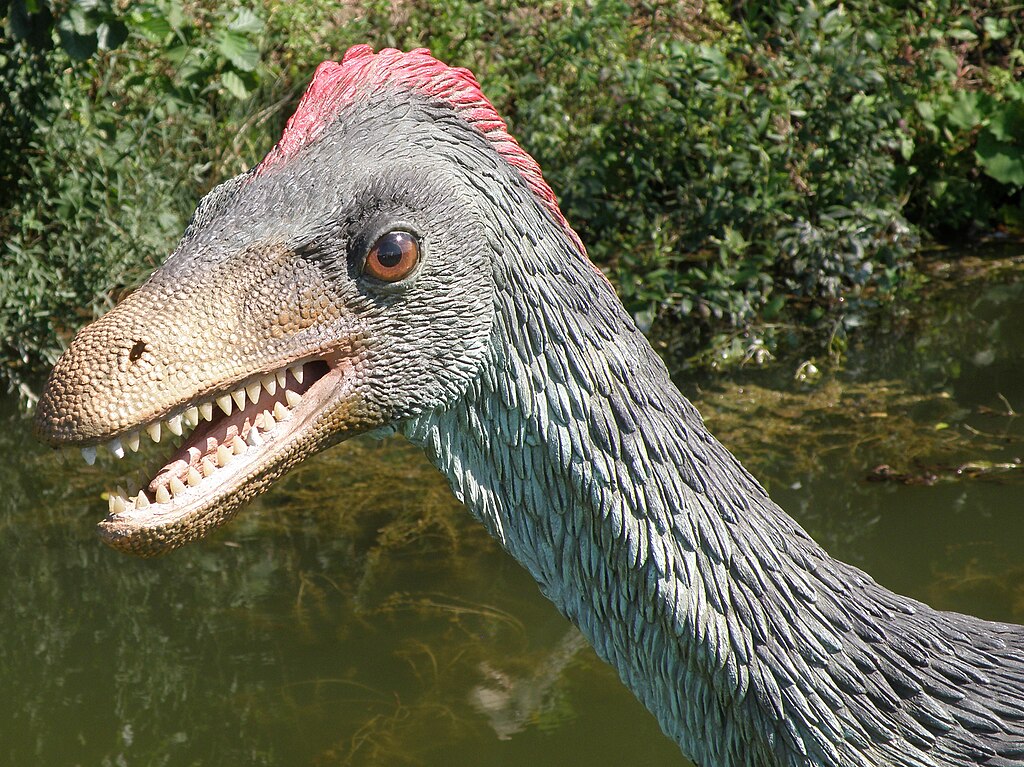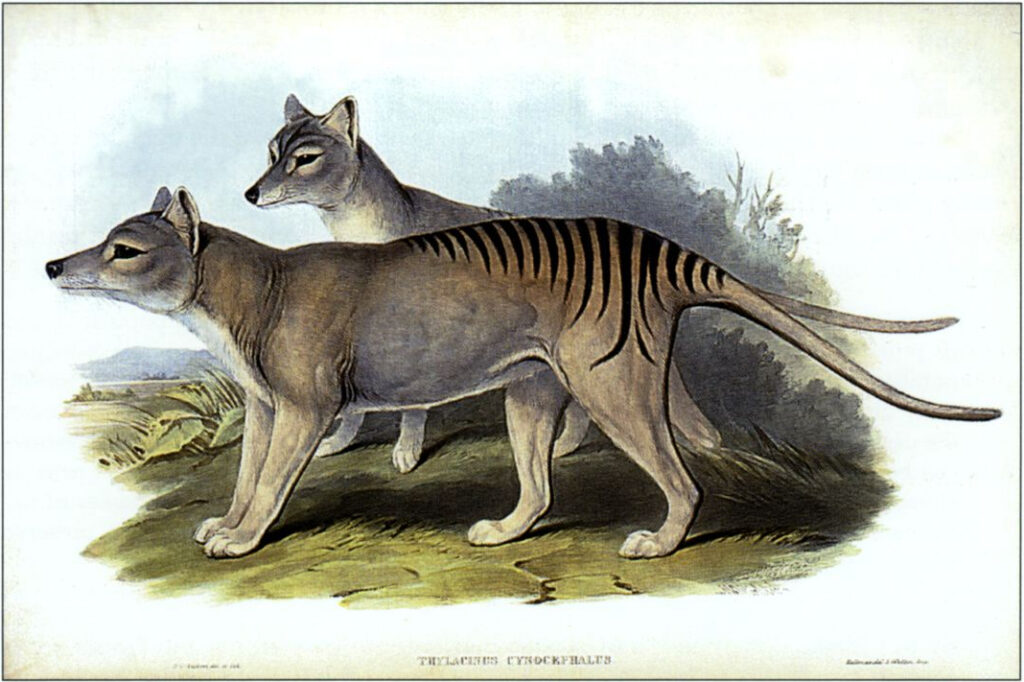The Earth lay in ruins. Ash choked the skies, oceans turned acidic, and over 90% of all life vanished in what scientists call the greatest mass extinction our planet has ever witnessed. This was the end-Permian catastrophe, 252 million years ago, when our world came closer to complete sterility than at any other point in its history. Yet from this apocalyptic wasteland, something extraordinary emerged – the age of dinosaurs was about to begin.
The Great Dying Sets the Stage
The Permian-Triassic extinction event earned its nickname “The Great Dying” for good reason. Massive volcanic eruptions in what is now Siberia pumped toxic gases into the atmosphere for thousands of years, triggering a cascade of environmental disasters that would make today’s climate concerns seem mild by comparison.
Marine ecosystems collapsed as ocean temperatures soared and oxygen levels plummeted. On land, the situation was equally dire – forests withered, rivers dried up, and the complex food webs that had taken millions of years to develop crumbled overnight. The few survivors found themselves in a world that barely resembled the lush, diverse planet that had existed before.
When Reptiles Ruled the Recovery
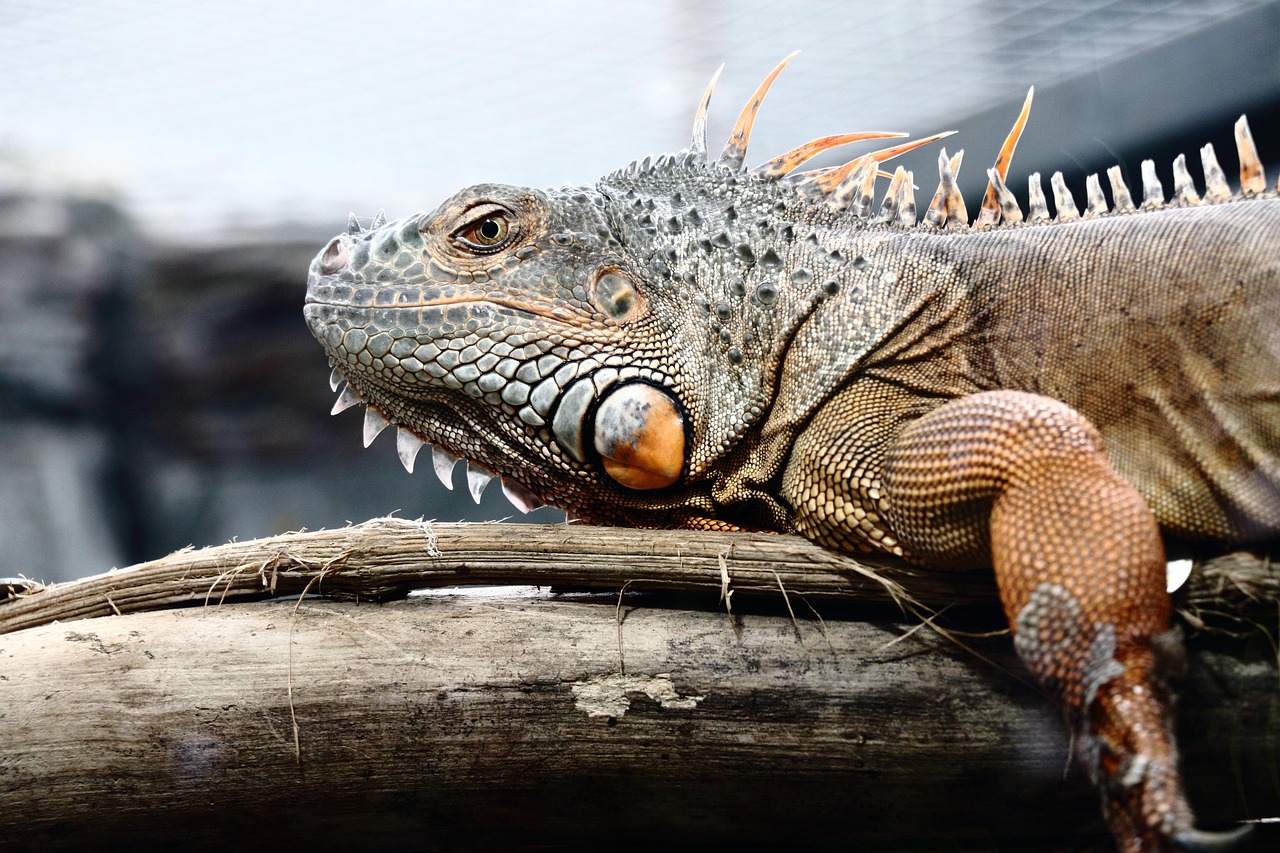
As the Triassic period dawned, the survivors faced a planet with vast ecological niches left vacant by the extinction. Early reptiles, particularly archosaurs, seized this opportunity with remarkable adaptability. These weren’t the lumbering lizards you might imagine – they were innovative, diverse creatures that experimented with new ways of living.
Some developed armor plating for protection, while others grew to enormous sizes to dominate their territories. The variety was staggering – from plant-eating giants to swift predators, these early reptiles wrote the playbook for vertebrate success. Their evolutionary experiments during this period would ultimately give rise to both crocodiles and dinosaurs.
The Birth of Dinosaur Innovation
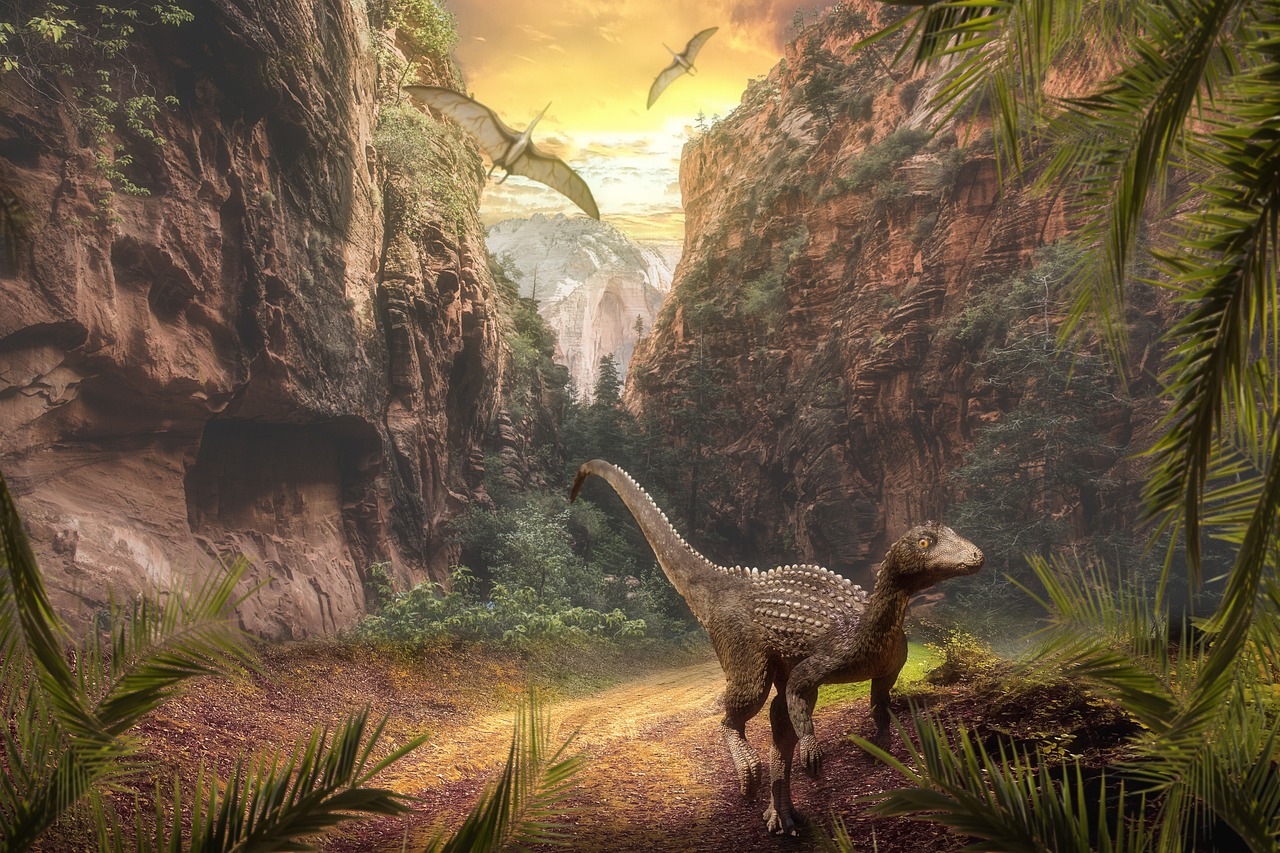
Around 230 million years ago, a group of archosaurs began developing features that would revolutionize life on Earth. These early dinosaurs weren’t the massive creatures we typically envision – most were small, agile animals about the size of a chicken or small dog. What made them special wasn’t their size, but their revolutionary body plan.
Unlike their sprawling-limbed relatives, dinosaurs developed upright postures with legs positioned directly beneath their bodies. This seemingly simple change was actually a biomechanical breakthrough that allowed for more efficient movement and better oxygen circulation. It’s like comparing a car with wobbly wheels to one with perfectly aligned suspension – the difference in performance was dramatic.
Breathing New Life Into Survival
Perhaps the most crucial adaptation that gave dinosaurs their edge was their respiratory system. While mammals use a simple in-and-out breathing pattern, dinosaurs developed a flow-through system similar to modern birds. Air moved in one direction through their lungs, maximizing oxygen extraction with each breath.
This efficient breathing system was like having a turbo engine in a world where everyone else was running on basic motors. During the Triassic, when oxygen levels were still recovering from the extinction event, this adaptation meant the difference between thriving and merely surviving. It allowed dinosaurs to maintain higher activity levels and colonize environments that other animals couldn’t handle.
From Scraps to Apex Predators
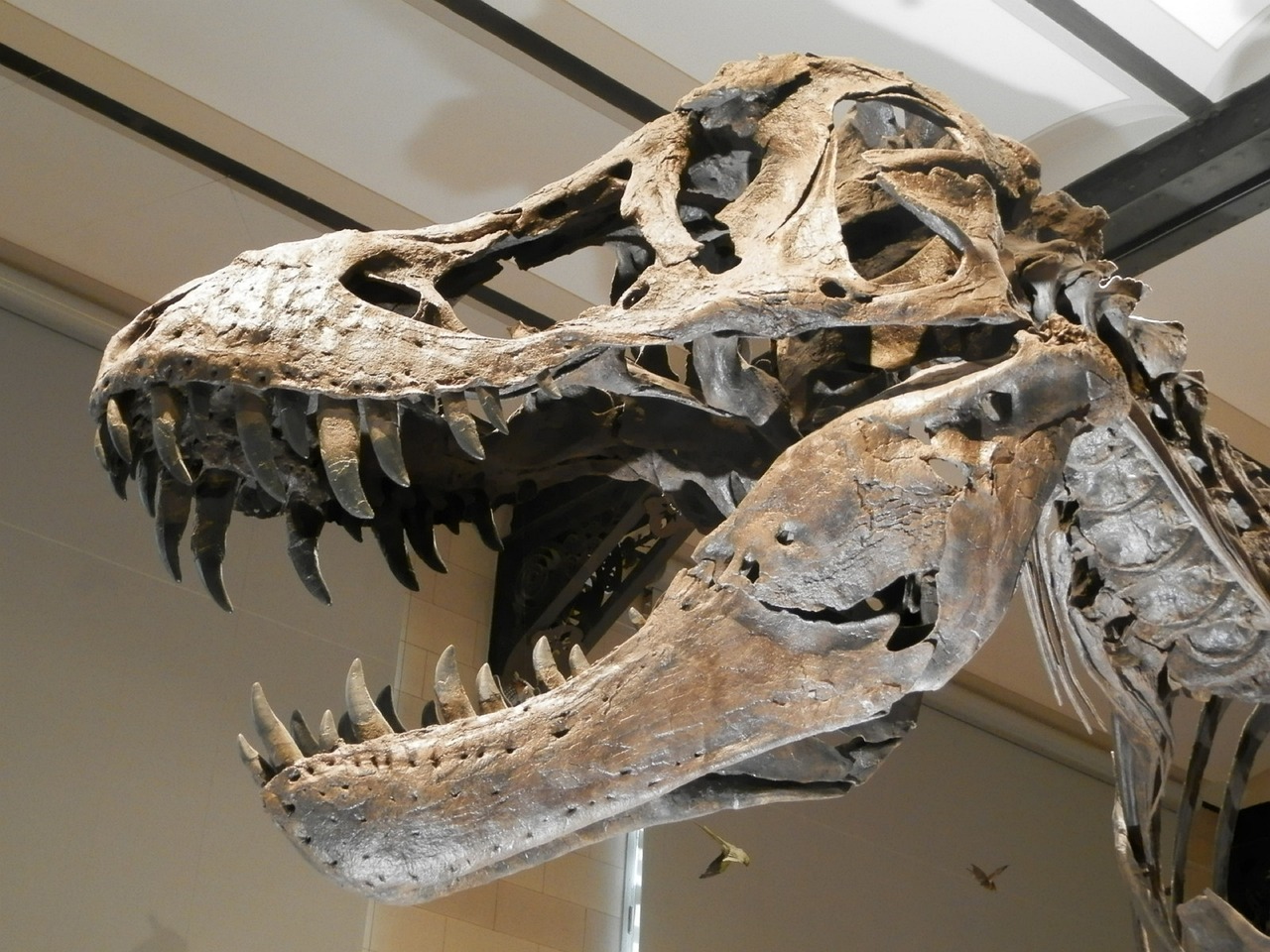
The first dinosaurs were humble creatures, likely scavenging and hunting small prey while larger archosaurs dominated the landscape. But nature rewards efficiency, and the dinosaurs’ superior design gradually gave them advantages in the competition for resources. They could run faster, hunt more effectively, and recover from exertion more quickly than their competitors.
Within just a few million years, dinosaurs began growing larger and more diverse. Some developed powerful jaws for crushing bones, while others evolved long necks for reaching high vegetation. The transformation was rapid by geological standards – imagine watching a small startup company grow into a global corporation within a single decade.
The Plant Kingdom’s Comeback Story
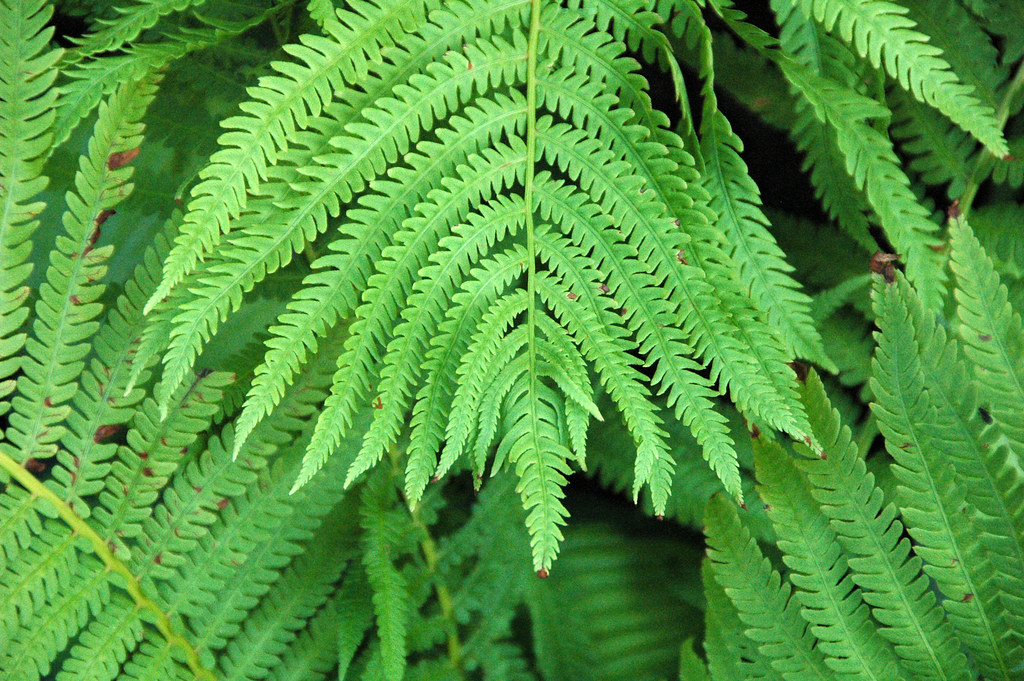
While dinosaurs were evolving, the plant world was staging its own remarkable recovery. The devastated landscapes of the early Triassic gradually gave way to lush forests dominated by conifers, ferns, and seed ferns. These weren’t the delicate flowers we see today – they were tough, resilient species that could thrive in the harsh post-extinction environment.
This botanical renaissance provided the foundation for herbivorous dinosaurs to flourish. As plant communities became more diverse and abundant, dinosaurs evolved increasingly sophisticated ways to process vegetation. Some developed massive grinding teeth, while others grew enormous gut chambers to ferment tough plant material.
Ocean Recovery and Marine Reptiles
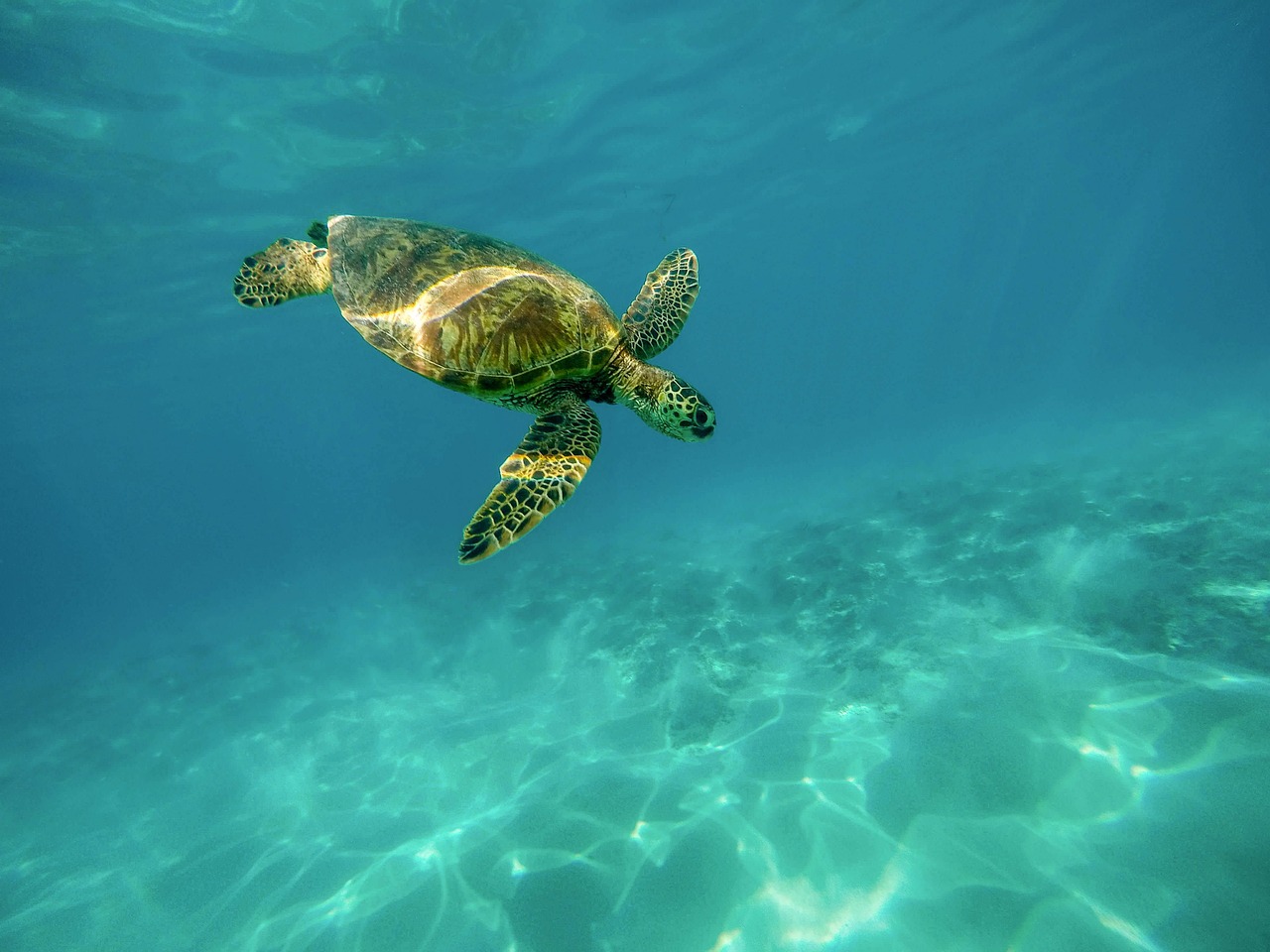
The seas, which had been biological deserts during the worst of the extinction, slowly came back to life during the Triassic. Marine reptiles, some of which were close relatives of dinosaurs, began colonizing the recovering oceans. These weren’t timid creatures testing the waters – they were bold pioneers that grew to impressive sizes.
Ichthyosaurs developed dolphin-like bodies for efficient swimming, while plesiosaurs evolved either long necks for fishing or massive heads for tackling large prey. The ocean was becoming a three-dimensional battlefield where reptiles experimented with every conceivable aquatic lifestyle.
Climate Chaos and Adaptation
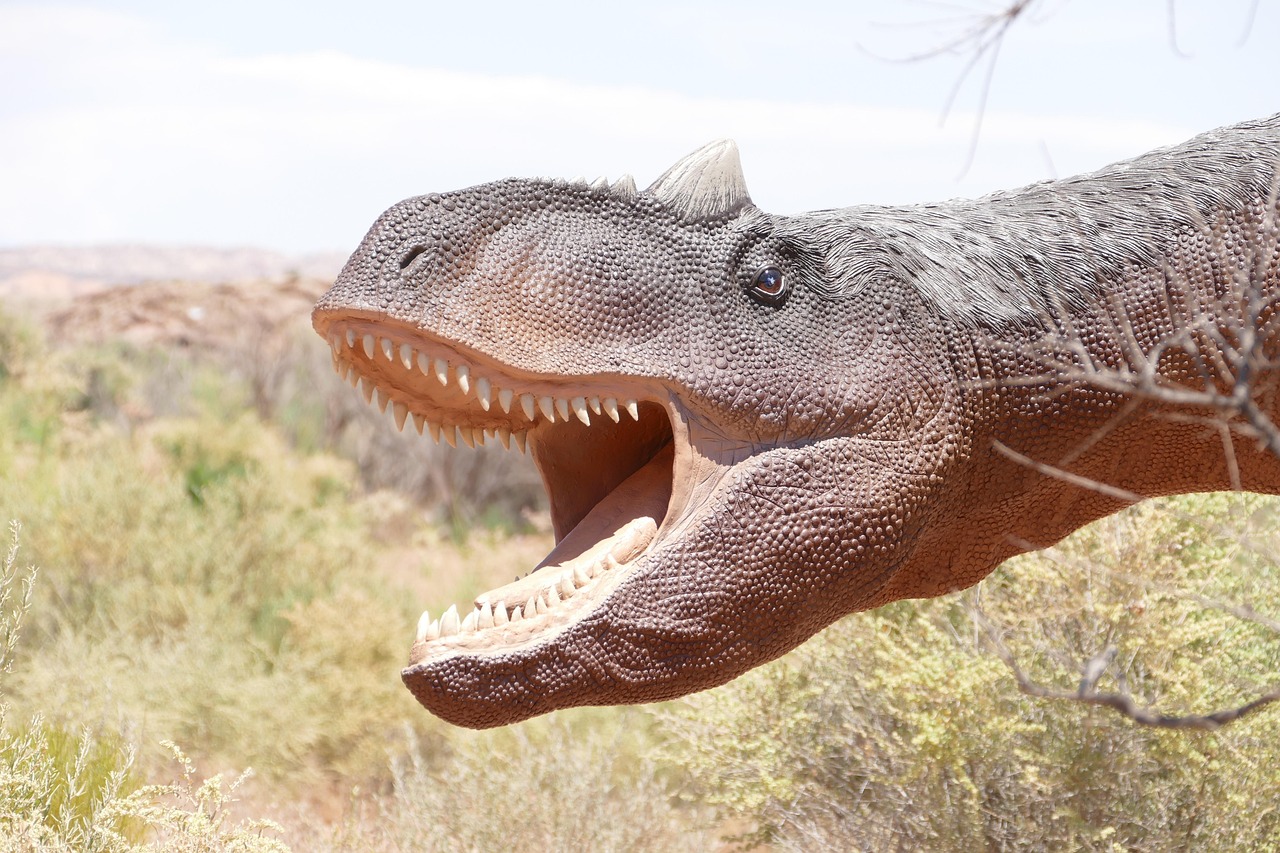
The Triassic climate was nothing like today’s relatively stable conditions. Temperatures swung wildly, and the single supercontinent Pangaea created extreme weather patterns with scorching deserts in the interior and monsoon conditions along the coasts. For many species, these conditions would have been lethal.
But dinosaurs proved remarkably adaptable to these climate extremes. Their efficient metabolism and respiratory systems allowed them to function in both hot and cold conditions. Some developed behavioral adaptations like seasonal migration, while others evolved physiological changes to cope with temperature variations.
The Rise of Gigantism
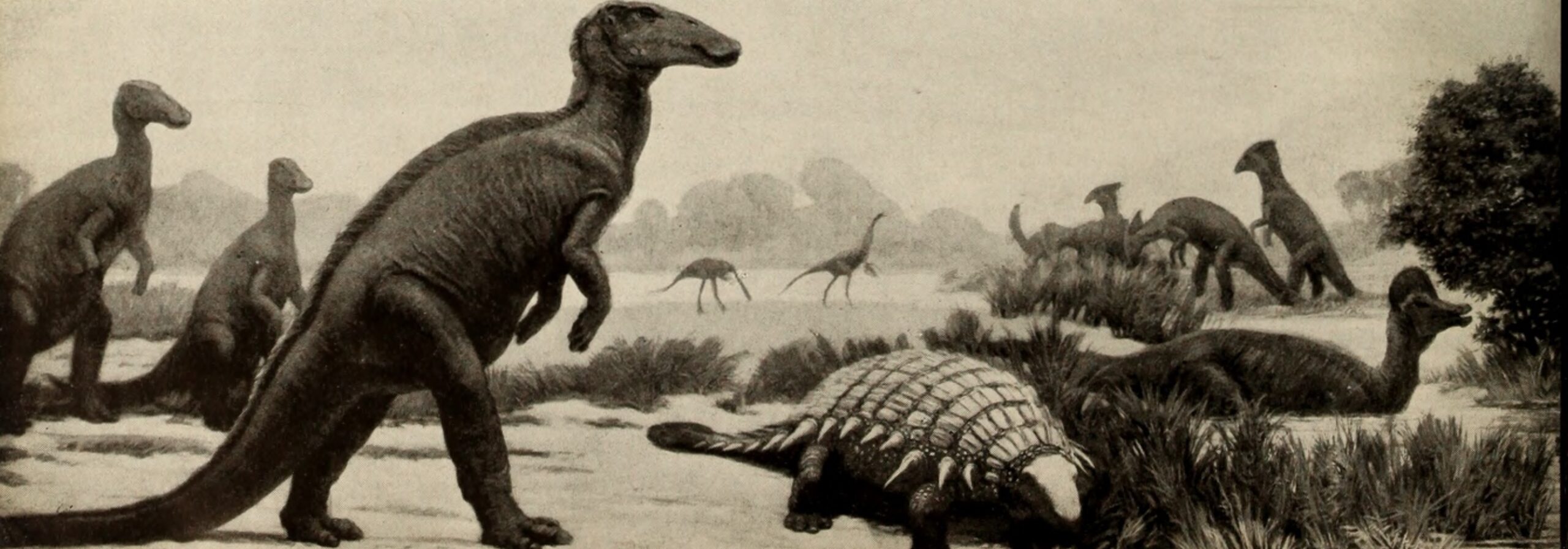
As the Triassic progressed, something remarkable happened – dinosaurs began growing to unprecedented sizes. The late Triassic saw the emergence of the first truly giant dinosaurs, some reaching lengths of over 60 feet. This wasn’t just random growth; it was a strategic evolutionary response to changing environmental conditions.
Large size offered multiple advantages: better temperature regulation, protection from predators, and the ability to reach high vegetation. It’s similar to how skyscrapers allow cities to house more people in limited space – gigantism allowed dinosaurs to exploit resources more effectively than smaller competitors.
Competition and Coexistence
The Triassic wasn’t a dinosaur-only world. These emerging giants shared their environment with a diverse cast of characters, including early mammals, various reptile groups, and amphibians. The competition was fierce, but it drove innovation on all sides.
Early mammals, though small, developed sophisticated sensory systems and parental care strategies. Other reptile groups experimented with different body plans and ecological niches. This competitive environment created an evolutionary arms race that pushed all groups to develop new survival strategies.
The End-Triassic Extinction Opportunity
Just as dinosaurs were hitting their stride, another extinction event struck at the end of the Triassic period, about 201 million years ago. While not as severe as the Great Dying, this event eliminated many of the large archosaurs that had been dinosaurs’ main competitors. It was like a major competitor suddenly going out of business, leaving the market wide open.
Dinosaurs emerged from this extinction event as the dominant large animals on land. Their efficient body plans and adaptable nature allowed them to weather the crisis better than their rivals. What followed was the Jurassic period – the true golden age of dinosaur dominance.
Lessons from Ancient Resilience
The dinosaur success story offers profound insights into how life responds to catastrophic change. Their rise wasn’t about being the biggest or strongest initially – it was about being the most efficient and adaptable. They succeeded because they could make the most of available resources while others struggled with the basics of survival.
Modern conservation efforts can learn from this ancient example. Species that survive major environmental changes often share certain characteristics: flexible diets, efficient metabolism, and the ability to exploit new opportunities quickly. These traits matter more than size or apparent strength when facing unprecedented challenges.
The Foundation of Modern Ecosystems
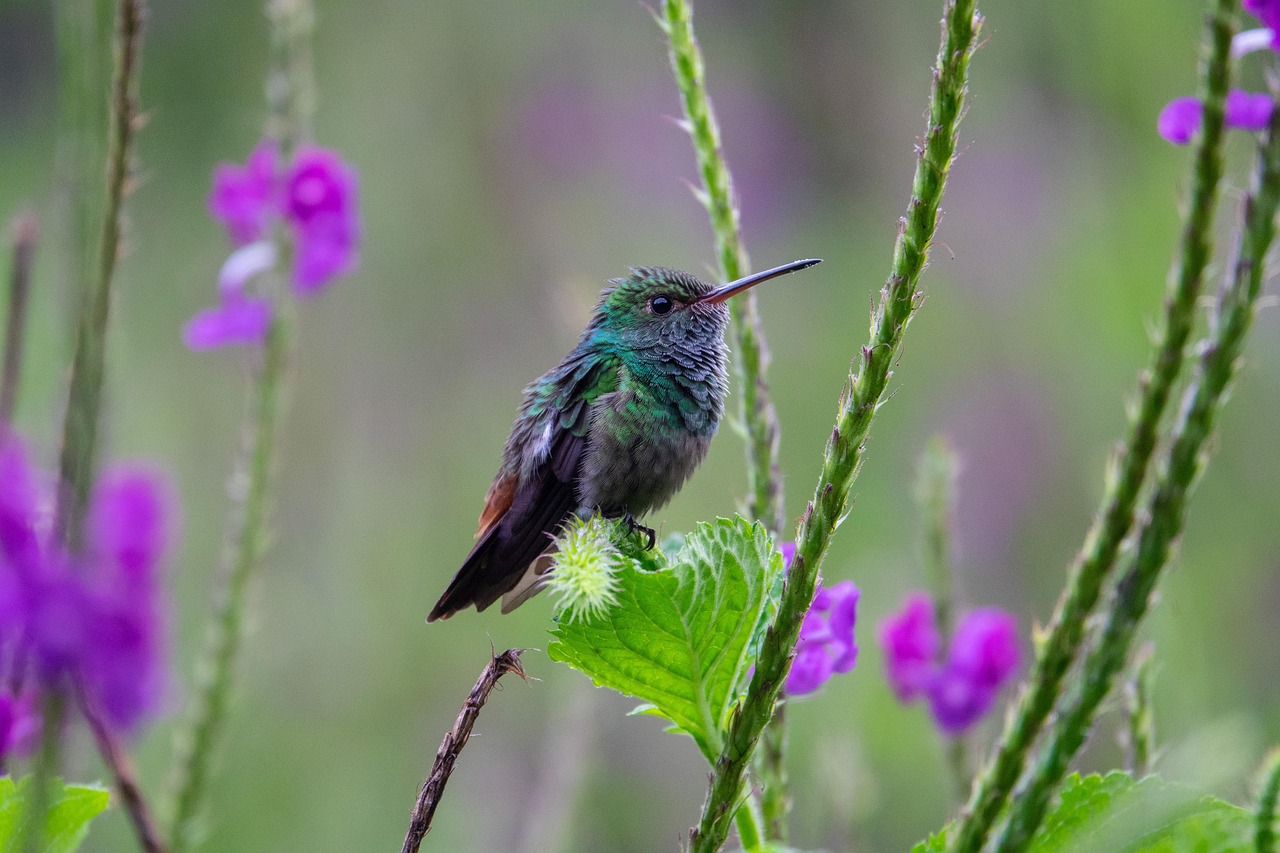
The evolutionary innovations that allowed dinosaurs to dominate the Triassic didn’t disappear with their extinction. Birds, as living dinosaurs, still carry many of these adaptations today. The efficient respiratory system that gave dinosaurs their edge now powers the incredible migrations of modern birds across continents.
Even more broadly, the ecosystems that dinosaurs built during their rise influenced the evolution of flowering plants, mammals, and countless other groups. The Triassic recovery wasn’t just about dinosaurs – it was about rebuilding the entire web of life from the ground up. Their success created opportunities for other species to diversify and thrive.
A Testament to Life’s Tenacity
The story of dinosaur resilience during the Triassic period reveals something fundamental about life itself. Even after the worst catastrophe in Earth’s history, life found a way not just to survive, but to flourish in ways that exceeded what came before. The innovations that emerged from this crisis would dominate terrestrial ecosystems for over 160 million years.
This ancient recovery reminds us that extinction events, while devastating, also create opportunities for evolutionary innovation. The dinosaurs’ rise from the ashes of the Permian extinction demonstrates that life’s capacity for adaptation and renewal can overcome even the most severe challenges. Perhaps most remarkably, their legacy continues today in every bird that soars through our skies, carrying forward the respiratory innovations that first gave dinosaurs their competitive edge in a recovering world.
When we look at the challenges facing life on Earth today, the Triassic recovery offers both sobering perspective and unexpected hope. What secrets of resilience might today’s species be developing that we haven’t yet recognized?

